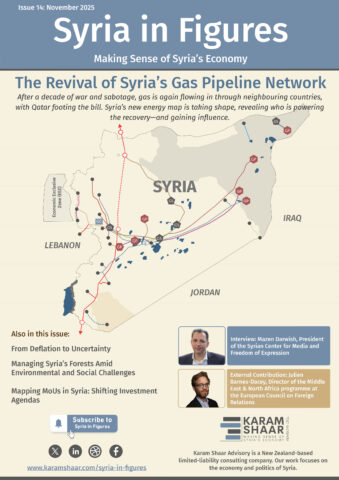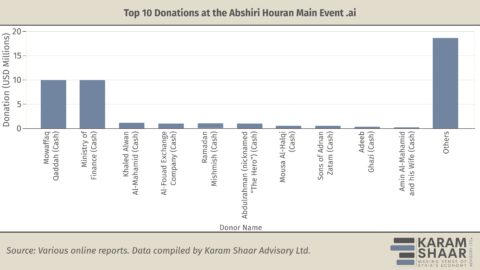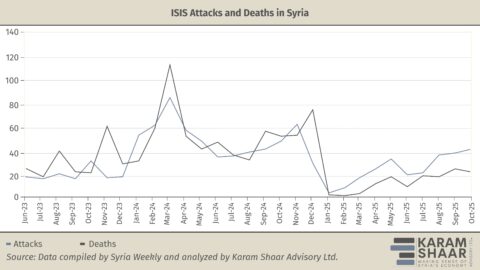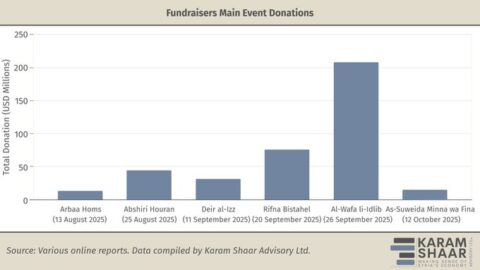
Syria Sanctions Monitor – Issue 3 Is Out!
November delivered a rare alignment of UN decisions, US regulatory shifts, congressional moves, and renewed IMF engagement, each reshaping how

November delivered a rare alignment of UN decisions, US regulatory shifts, congressional moves, and renewed IMF engagement, each reshaping how

For the first time, we are making it possible to track land-cover changes across all of Syria from 2015 to

Syria is rebuilding one of its most critical assets: its national gas pipeline network. After years of disruption, the

The Central Bank has released no consumer price updates since February 2025, creating a dangerous information gap at a time

Multiple forces may now be pushing Syria toward renewed inflation. Wages rose in June, subsidies are being phased out, domestic

Syria’s post-Assad deflationary phase may now be over. After months of falling prices driven by one-off shocks, new WFP data

This issue tracks Syria’s economic, environmental, and political transition as early signs of fragility re-emerge. From Deflation to Uncertainty Deflation

Some major donors used high-profile campaigns to strengthen ties with authorities and rehabilitate their public image. Business figures facing sanctions

In 2024, ISIS recorded its most active year since losing territory in 2019. The group carried out 660 attacks —

In 2025, community-led campaigns such as Arbaa Homs, Abshiri Houran, and Al-Wafa li-Idlib raised tens—even hundreds—of millions of dollars. They